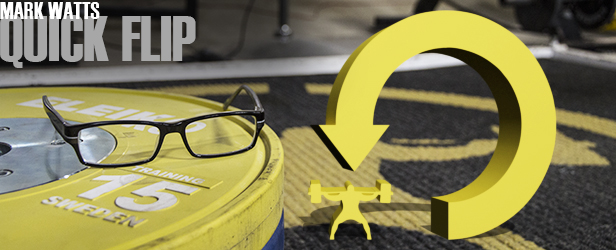
Good evening Mark,
I’m a high school baseball coach in Ohio and have been trying to institute a strength and conditioning program for my players. I’m dealing with kids 15-18 who have some lifting experience, ie (bigger/faster/stronger) and some who are coming into the weightroom with zero experience. What would you suggest I try to implement with my zero experience guys? I’d think 5/3/1 or something along those lines would be to much for these kids to handle being inexperienced lifters. Any help is greatly appreciated.
Thanks,
Keith Sandy
Keith,
You have your work cut out for you. The age group in combination with the sport of baseball provides some obstacles. Baseball at that age is somewhat of a victim of early specialization and a lot of your kids are probably playing multiple summer leagues and the seasons are extended. If any of your kids are playing other sports, then the off-season window got a lot shorter or non-existent.
Also, baseball is one of those sports where dinosaurs still rule. Pitchers run three miles the day after you pitch to “flush out the lactic acid” that was out of their system in a few hours. Or that baseball players should never bench press and only use dumbbells which can actually increase the range of motion. That’s just the beginning.
Finally, baseball players tend to be a part of those particular athletes that do not see the connection of increased strength and power with increased performance on the field. I will admit that no matter how strong you get those young mem, they still might not be able to hit a curve ball. But get them to buy in to what you are doing in the weightroom.
So, building a program from the ground up especially with a sport like baseball is something I have experience with. Before you decide what program you are going to implement in terms of sets and reps. It may take a few steps to get to that point.
1. Organize a training schedule based on facilities.
Create a training schedule by coordinating all of your players’ schedules and the availability of your school’s weightoom. Like many high schools you are probably sharing with the football team. It is better to have more frequent time blocks when the weight room is at the least level of crowdiness.
2. Create an exercise pool based on the equipment you have at your disposal.
Too many coaches develop their training program base on theoretical facility set-ups. Figure out how many barbells, platforms, racks, dumbbells, etc. you have at your disposal.
3. Figure where your team is from a performance standpoint.
Look at three things that I adapted from Grey Cook:
- Competency–How do they move? Can the do the basic fundamental movements that will translate to their sport.
- Capacity–Can they produce force? How much, how fast, and for how long?
- Complexity–How many exercises can you implement, teach, and have time to get a return on your investment?
I am not a big an of pre-testing athletes. I would rather spend that time teaching them how I want them to lift.
Setting Up the Program
So without getting into sets and reps and load parameters, I will list some components of the training program that can set-up a typical daily session.
Movement Prep
- Ankle Mobility
- T-Spine Mobility
- Hip Mobility
- Soft Tissue Work
Speed & Agility
- Linear Speed: 10s, 20s, 30s with full recovery. Keep volume around 200 yards.
- Lateral Speed: 3 Cone Drill, Pro Agility. 6-10 reps with full recovery.
Explosive Power
- Med Ball Throws for height or distance. 10-20 throws.
- Box Jumps. 10-20 reps.
- Kettlebell Swings (if you have them). 5×10.
- Olympic Lift Variations (if you can teach them). Transition to pulls in-season.
Strength Training
- Squat–DB Goblet, Front, Box or Back Squat
- Pull–Hex Bar, Conventional, Sumo, RDL, SLRDL
- GHR–If you don’t have GHR bench, then do bridges
- Presses–DB BP, BP, OHP, Incline
- Rows and Chins
- Grip
- All power in baseball comes from the hips. If your players are good squatters, they will be good players.
- T-Spine Mobility is huge. More ROM = more velocity and less injury
- Baseball is a pull dominant sport. Heavy chins and rows are key. The upper back is used to decelerate the shoulder when throwing (and hitting). The stronger your upper back is the more force you can decelerate.
- Avoid weighted dips and close grip upright rows.
- Don’t be scarred of good exercises because of some voodoo pitching coach. Overhead presses, Olympic lifts, bench presses all have risk (as do every exercise) but the performance enhancement will outweigh the risk if performed correctly.
As far as choosing BFS or 5/3/1, I think you will be fine with either if you are comfortable with it, you believe in it, and your kids buy in. I could have said that in the first place and it would have saved you some time.
Coach Sandy, I couldn’t get into great detail without writing an e-book, but I hope you know if you need anything, please don’t hesitate to contact me. The Q&A is always the best way. I wish you the best of luck this season.








